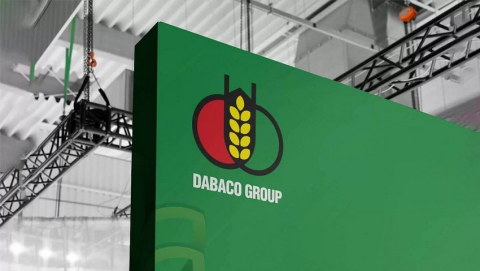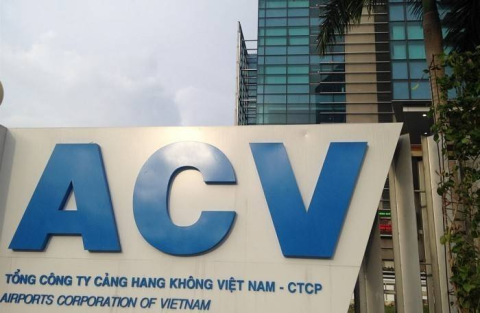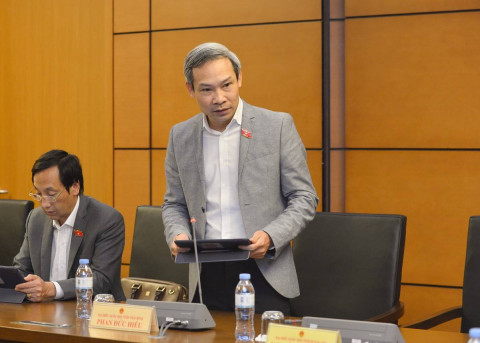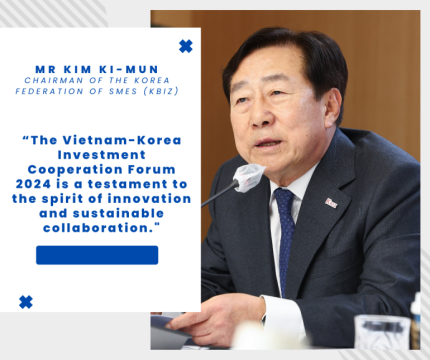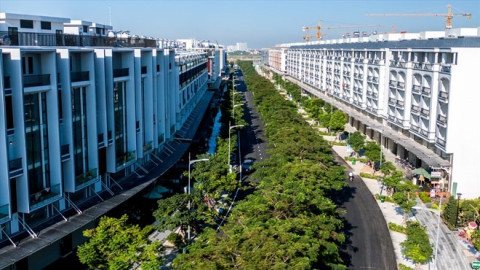Numerous policies supporting businesses in opening shipping routes through Nghi Sơn Seaport
- 13
- Enterprise
- 15:30 28/10/2024
DNHN - Nghi Sơn Seaport is capable of handling vessels with a capacity of up to 100,000 tons and can manage hundreds of millions of tons of cargo annually. It features numerous general-purpose docks, specialized berths, and a well-planned logistics system.
Situated within the Nghi Sơn Economic Zone (EZ) in southern Thanh Hóa Province, adjacent to Nghệ An, Nghi Sơn Seaport serves as a critical transportation hub and a gateway for trade, connecting northern Laos, northeastern Thailand, and the surrounding areas of Thanh Hóa with national and international shipping routes via its road and seaport network.
With geographical and transportation advantages, Nghi Sơn Seaport is designed to accommodate vessels up to 100,000 tons, with an annual handling capacity of hundreds of millions of tons. It is supported by multiple general-purpose docks, specialized berths, and container terminals, along with a synchronized logistics system. The site has already generated substantial export and import tax revenue for Thanh Hóa's budget.
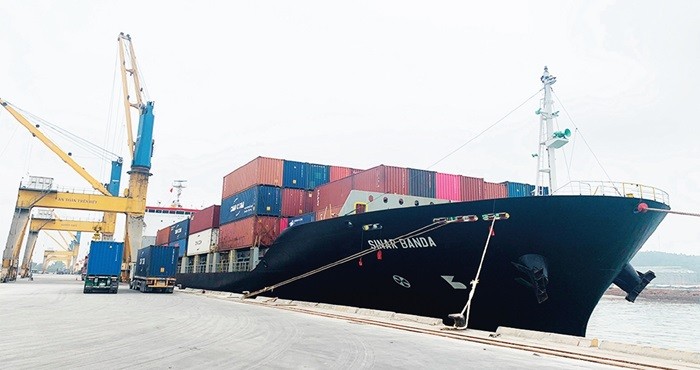
According to Prime Minister Decision No. 1699/2018/QD-TTg, approving the adjustment and expansion of the Nghi Sơn Economic Zone master plan until 2035 with a vision to 2050, Nghi Sơn Seaport is identified as a key transportation hub connecting domestic and international shipping routes. Concurrently, the Ministry of Transport's detailed plan for the North Central Seaport cluster (Group 2) includes comprehensive development of Nghi Sơn Seaport, leading to impressive growth numbers surpassing initial projections.
As of now, Nghi Sơn International Port has invested in building six berths capable of accommodating general cargo ships of up to 100,000 DWT, container ships up to 30,000 DWT, and liquid cargo vessels up to 70,000 DWT.
Thanh Hóa Province has implemented leading policies in Vietnam to attract container exports and imports through Nghi Sơn International Port. These include investment in modern, synchronized infrastructure. Since 2019, Thanh Hóa has introduced a "stimulus package" through resolutions such as No. 166/2019/NQ-HĐND, supporting shipping lines to establish international container routes at Nghi Sơn; No. 338/2020/NQ-HĐND, assisting businesses in transporting goods by container through Nghi Sơn; and No. 115/2021/NQ-HĐND, detailing procedures to support companies using Nghi Sơn for containerized transport. Circular 21/TT-BCT from the Ministry of Industry and Trade designated Nghi Sơn as one of six ports authorized for the import of passenger cars with fewer than 16 seats. In 2022, Resolution No. 248/2022/NQ-HĐND introduced a range of policies supporting both international and domestic maritime transport and companies transporting goods via container at Nghi Sơn Port.
Resolution 248 raised the support level for international shipping at Nghi Sơn Port to VND 500 million per trip (an increase of VND 300 million compared to Resolution 166/2019/NQ-HĐND). It also added support for domestic container transport vessels, providing VND 300 million per trip. Additionally, businesses transporting goods via containers through Nghi Sơn Port receive support of VND 2 million per 20-foot container and VND 3 million per 40-foot container when customs clearance is done at Thanh Hóa Customs; and VND 700,000 per 20-foot container and VND 1 million per 40-foot container when customs is cleared elsewhere. These policies will remain effective until December 31, 2026.
According to Cao Minh Xuân, General Director of Nghi Sơn International Port Co., Ltd., "These are some of the most favorable support policies across Vietnam's port system. For businesses, they offset the higher road transport costs to Nghi Sơn compared to Hải Phòng Port, which previously made companies hesitant to shift services to Nghi Sơn. With support for shipping lines increased to VND 500 million per trip, and the inclusion of domestic container vessels, shipping lines now have the opportunity to lower freight rates for businesses. This could lead to a breakthrough in attracting shipping lines and businesses to Nghi Sơn Port."
The implementation of Thanh Hóa's supportive policies for container transport through Nghi Sơn Port has yielded positive results in 2023 and the first nine months of 2024.
Notably, two international container shipping companies, CMA - CGM Vietnam JSC and VIMC Shipping Company, have started operating from Nghi Sơn. In 2023, these shipping lines made 44 international container trips, with Thanh Hóa Province providing VND 22 billion in financial support. In the first nine months of 2024, there were 29 such trips, with approximately VND 14.5 billion in subsidies.
For domestic container shipping, Hải An Shipping Agency opened a domestic container route connecting Nghi Sơn with other domestic ports from November 2023. They made two trips in 2023 and 18 trips in the first nine months of 2024.
In 2023, 12,220 containers were processed at Nghi Sơn Port, including 7,293 for export and 4,927 for import. Exported goods mainly comprised white limestone powder, primary plastic pellets, cassava chips, and cardboard. Authorities evaluated and supported containers at Nghi Sơn Port with VND 16.05 billion. From the beginning of 2024, 3,883 containers were exported, and 3,326 were imported through Nghi Sơn.
In addition to the stimulus from provincial support policies and investment by port business enterprises, to attract import-export businesses to Nghi Sơn Port, the Nghi Sơn Port Customs Branch has intensified collaboration with port service operators to promote policies, investment promotion, expedite the implementation of mechanisms and policies, and facilitate quick and smooth customs clearance for enterprises.
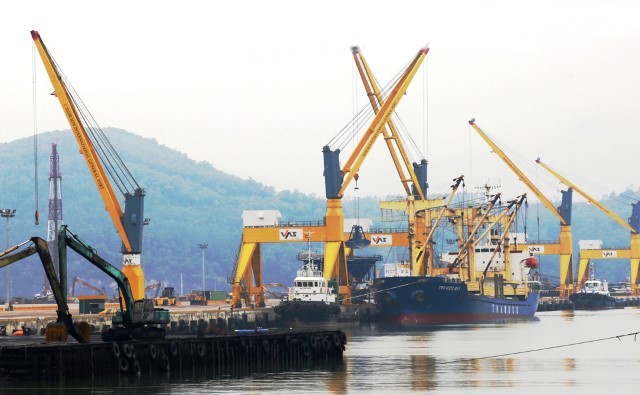
This has contributed to significant growth in the import-export turnover at Nghi Sơn Seaport over the past five years (2019–2023), leading to the province's annual state budget revenue surpassing the threshold of VND 50 trillion per year.
Alongside these advantages, there are also several challenges in developing import-export activities at Nghi Sơn Seaport.
According to assessments by local authorities, the Nghi Sơn Port system has undergone fundamental investments, meeting the initial demand for goods throughput. However, the container berths are yet to be fully developed, and there is a lack of land reserves to build a modern logistics center to store, preserve, and transport goods via Nghi Sơn Port.
Therefore, there are currently no export goods passing through Nghi Sơn Port that belong to Thanh Hóa's key industrial products, such as textiles, garments, and footwear. The port has yet to attract many shipping lines operating international container transport via Nghi Sơn, with most imported containers being empty, lacking diverse goods transactions.
As per the revised and expanded master plan for the construction of the Nghi Sơn Economic Zone, the Nghi Sơn Seaport system will consist of 51 berths and terminal areas, including 10 container berths and 21 general berths, with the remaining being specialized berths and zones. As of July 2023, 21 berths have been operational. Nghi Sơn Port is currently capable of handling cargo with an expected capacity of approximately 75 million tons per year. Detailed planning has been completed for areas such as petroleum storage, port services, and logistics zones, with synchronized investments underway.
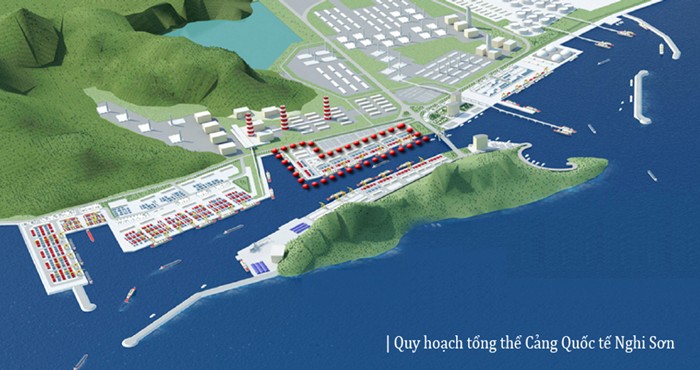
Under the master plan for developing the Nghi Sơn Economic Zone and the orientation for developing Vietnam's seaport system for the period 2021–2030, with a vision to 2050, approved by the Prime Minister, Nghi Sơn Seaport is classified as a Type I port, with potential planning to become a special port. It plays a critical role in the formation and development of the Nghi Sơn Economic Zone and industrial parks in Thanh Hoa Province, serving as a trade hub connecting Northern Laos, Northeastern Thailand, and neighboring regions of Thanh Hoa with national and international maritime routes.
The master plan for Thanh Hoa Province for the period 2021–2030, with a vision to 2045, approved by the Prime Minister under Decision No. 153/QĐ-TTg, also specifies the development of a regional-level Grade I logistics center in the Nghi Sơn Economic Zone. The goal by 2025 is to elevate Thanh Hoa's logistics sector to a reasonably advanced level in the Central and Northern regions and across the country. Investment is to be attracted to build a regional logistics center in the Nghi Sơn Economic Zone, gradually improving the hinterland infrastructure and transport connectivity between the Nghi Sơn Economic Zone and key industrial zones in the province. By 2030, the aim is to expand and essentially establish a Grade I regional logistics center in the Nghi Sơn Economic Zone, focusing on completing logistics development areas associated with the seaport and railway station within the zone, enhancing connectivity infrastructure, and refining cargo handling services, including container handling, warehousing services, and the storage of goods, encompassing container storage and the handling of raw materials and equipment.
Ngoc Lam
Related news
#Seaports
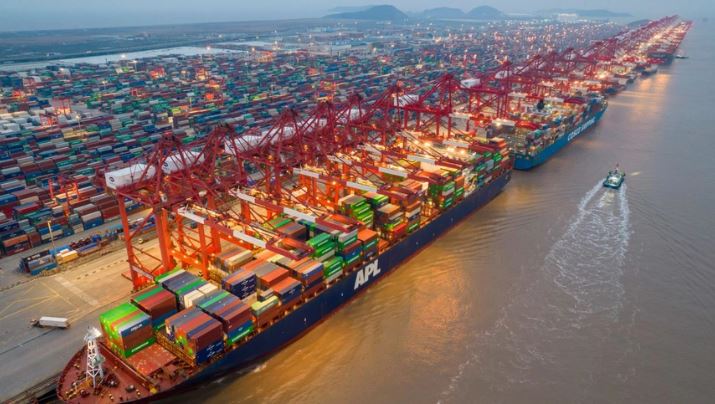
The potential of Vietnamese seaports: Towards regional development and expansion
Thanks to the unique geographical location, long coastline, and rapidly developing economy, Vietnamese seaports are facing significant development opportunities. Vietnam can potentially become a crucial trade hub in the region.
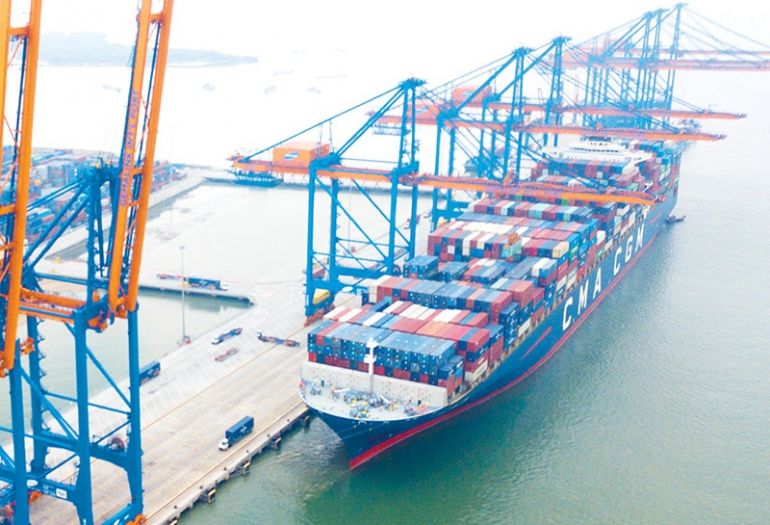
Seaports lag behind regional peers
Despite growing demands, Vietnam’s seaport development masterplan has been deemed inappropriate by experts, leaving much to be desired in the race to attain capital.
Đọc thêm Enterprise
List of Vietnam’s 25 Best Workplaces 2025
Great Place To Work® has officially announced the 25 companies featured in the Best Workplaces in Vietnam™ 2025 ranking.
The ambitions of major enterprises in 2025
Major enterprises such as Dabaco, FPT, and KBC have set ambitious plans for 2025, demonstrating flexibility and sharpness in their business strategies.
What do domestic businesses need to overcome difficulties?
Strong and synchronized government support policies are crucial in helping Vietnamese enterprises navigate the current challenging period.
ACV achieved net profit surpassing VND 11,560 billion in 2024
Vietnam Airports Corporation (ACV) has recently announced its 2024 business results, reporting a net profit exceeding VND 11,560 billion, marking a 37% growth compared to the previous year.
Increasing taxes on pick-up trucks: The need to hear public opinion
The proposed tax increase on pick-up trucks is sparking debate. Many representatives argue that this decision could impact workers, businesses, and the domestic automotive market.
"The Vietnam-Korea Investment Cooperation Forum 2024 is a testament to the spirit of innovation and sustainable collaboration."
For Mr. Kim Ki-mun, Chairman of KBIZ, the Vietnam-Korea Investment Cooperation Forum 2024, scheduled for November 21, is not merely an event but also a testament to the spirit of innovation and sustainable collaboration between nations.
KBIZ's 60-year journey in building a solid foundation for South Korea's small and medium enterprise community
With over 60 years of establishment and development, the Korea Federation of SMEs (KBIZ) has emerged as a pioneering force in supporting the small and medium-sized enterprise (SME) community in South Korea.
What categories are included in the additional audit subjects?
On the morning of November 7, the National Assembly discussed the draft amendment of several articles across seven laws, with a particular focus on adding new audit subjects.
Institutional obstacles "tie up" enterprises and challenge economic growth
During a session discussing the 2024 socio-economic development plan, National Assembly deputies emphasized that institutional barriers remain a significant "obstacle" for businesses.
More than 1,000 new real estate businesses established in Ho Chi Minh City, transactions grow
In the first nine months of 2024, Ho Chi Minh City's real estate market witnessed the establishment of over 1,000 new businesses and recorded 1,600 property transactions, signaling a positive recovery trend.



